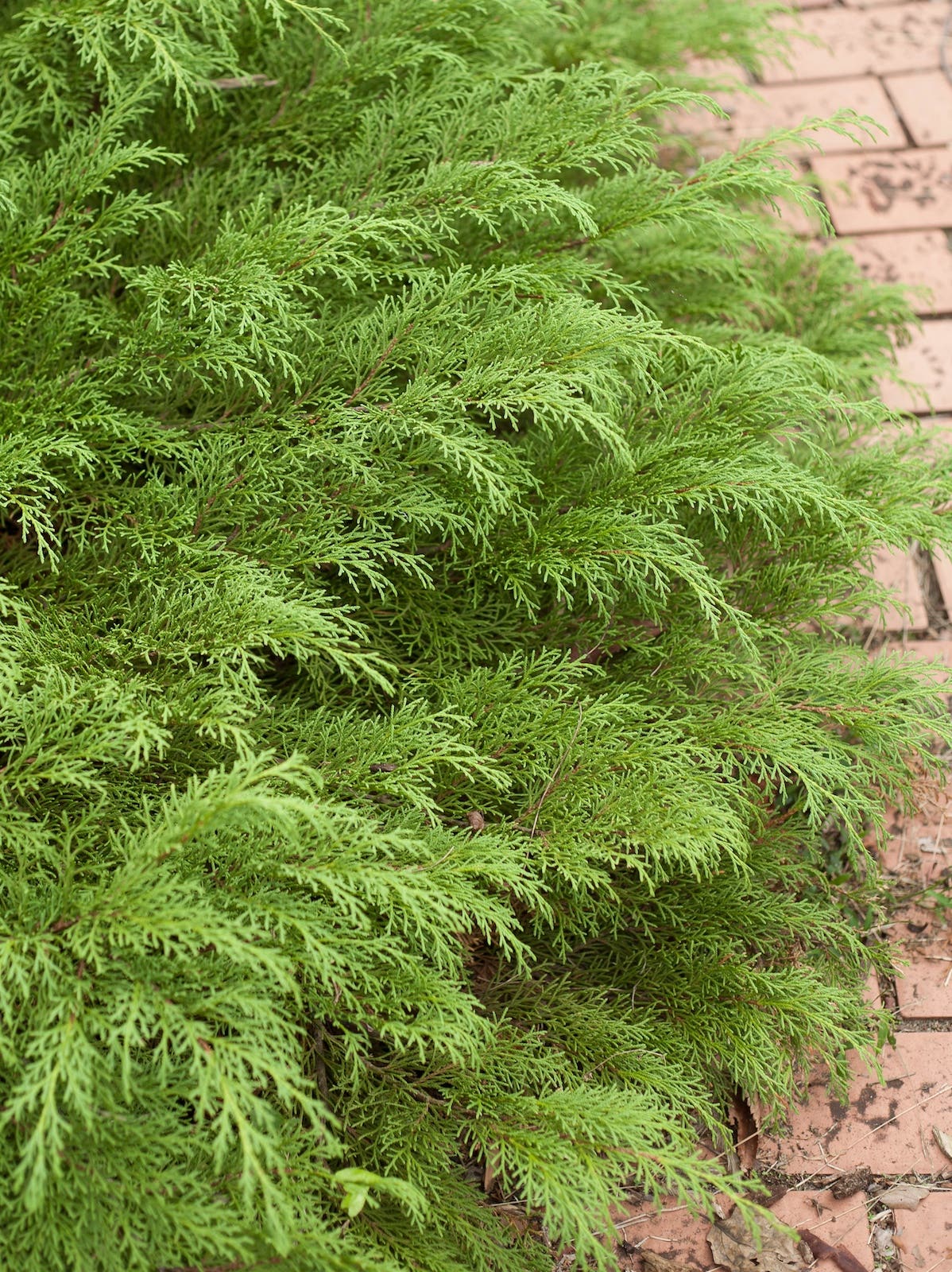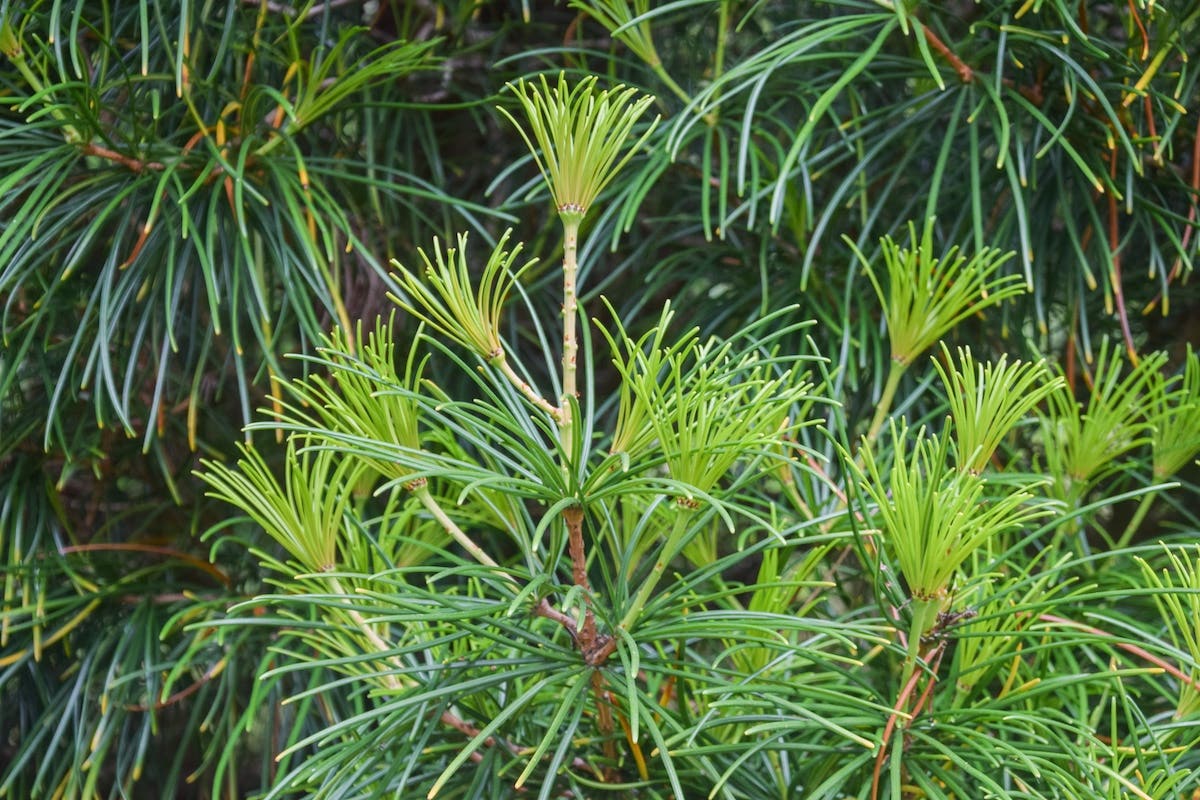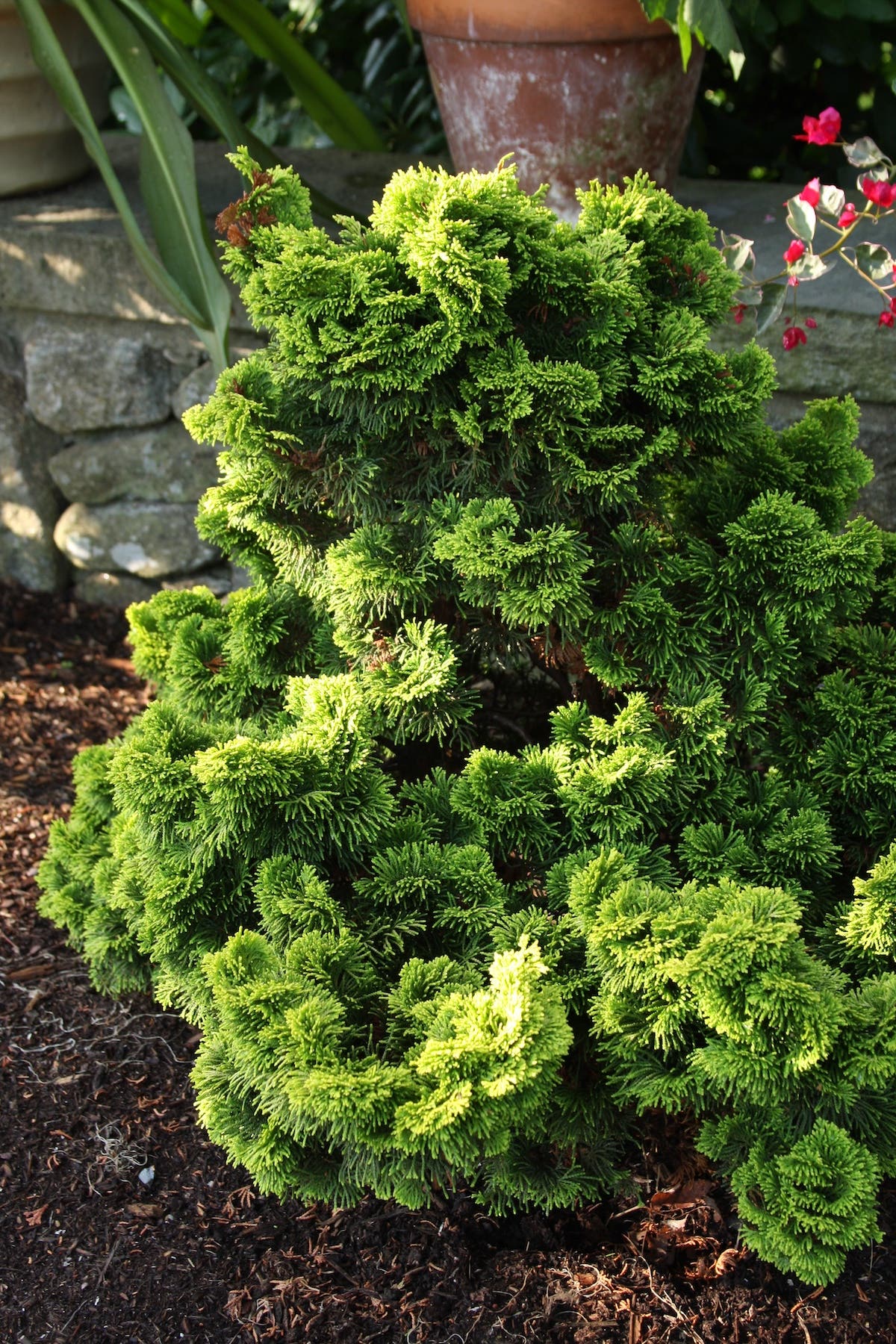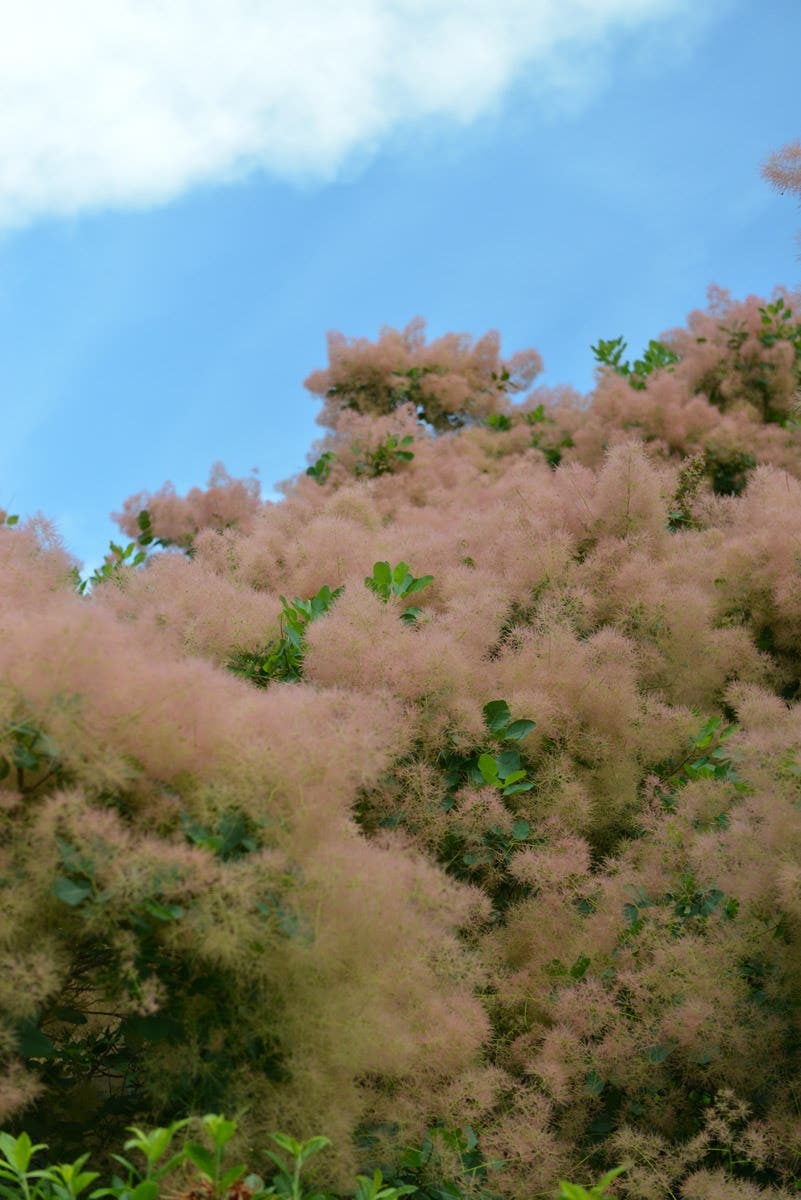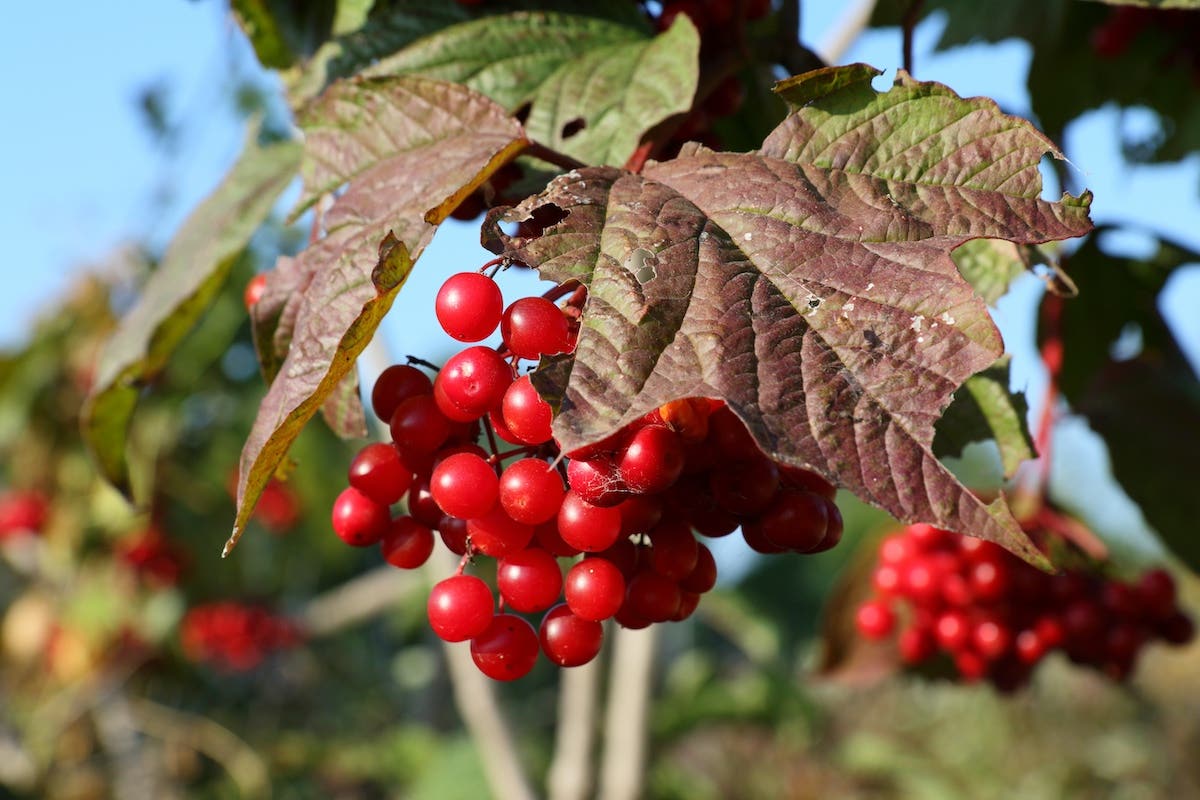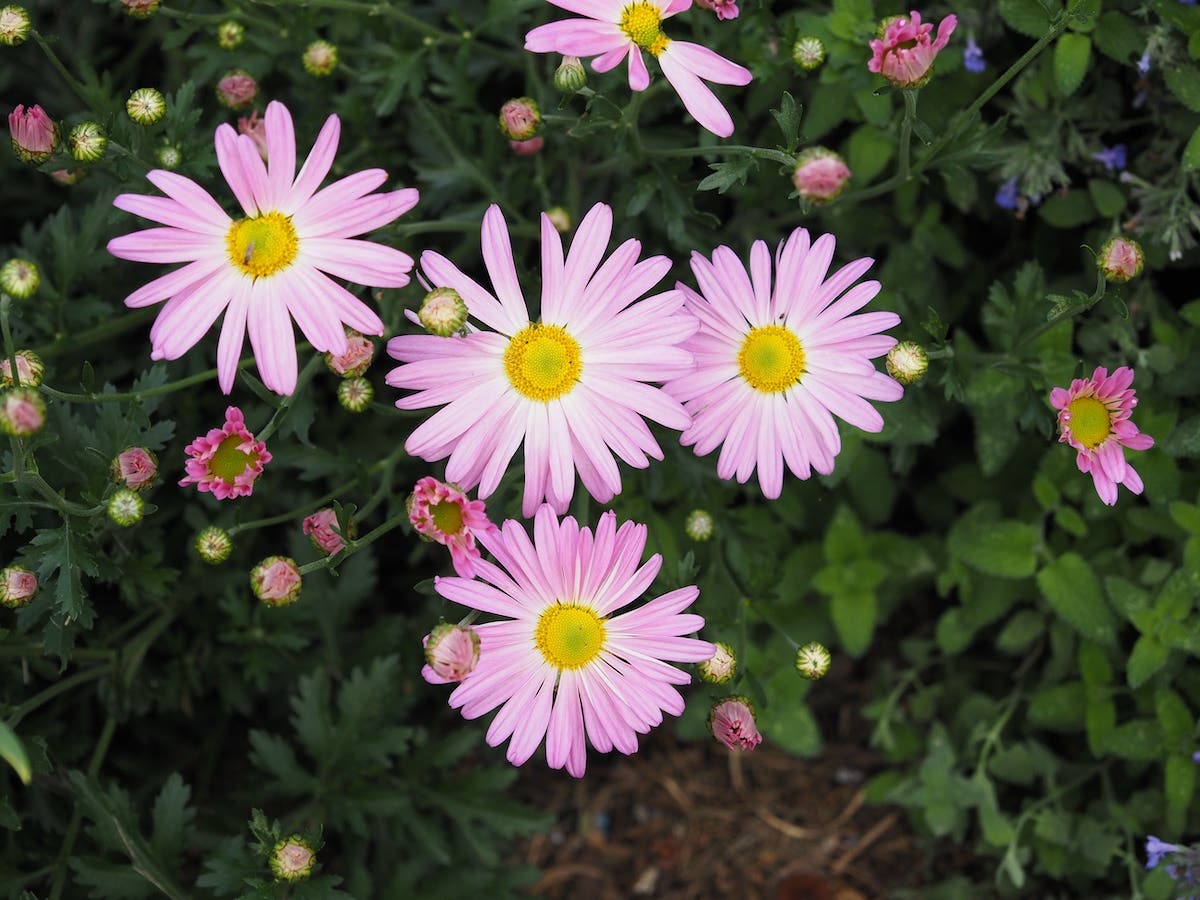Ferns Are Forever: Revisiting Recommendations from Horticulture 1904
In December 1904, the first issues of Horticulture were published, with five issues appearing that month. At the time, the publication served as a weekly journal for professional florists, landscape…
In December 1904, the first issues of Horticulture were published, with five issues appearing that month. At the time, the publication served as a weekly journal for professional florists, landscape gardeners, nurserymen, greenhouse growers and others in the plant trade.
Three of the first five issues included feature articles on ferns, a timeless choice for the shade garden or interior spaces. In the two-part series “A Few Useful Ferns for Everyday Use,” author A. Hans aimed to recommend some for use inside apartment. Mr. Hans noted that hardy or cool-loving species work best for indoors because “they do not like to be raised in too much heat.”
Many of the species he recommended are actually now known as excellent plants for the exterior garden.
Related: Learn to combine ferns with other plants in “Using Foliage Texture in the Shade Garden.”
5 timeless ferns
Here are some species that made Hans’s list in 1904 and remain popular today as reliable woodland perennials:
Holly ferns (Cyrtomium), particularly C. falcatum, C. caryotideum and C. fortuneii. Evergreen in the warmer reaches of their hardiness range (USDA Zones 6– or 7–10), holly ferns typically grow in a vase shape, with upright fronds of broad, toothed pinnae. The species mentioned by Hans are not uncommon in gardens today. Cyrtomium falcatum has escaped into natural areas, particularly in the Southeast US, so check your local invasive-plant list before using it.
Autumn fern (Dryopteris erythrosora; known in 1904 as Lastrea erythrosora). This plant's compact size and seasonal color has earned it modern popularity among shade gardeners in Zones 5 through 8, especially through its cultivar ‘Brilliance’.
Any grower of autumn fern today will appreciate Hans’s accurate description: “The fronds, two feet long by one wide, of triangular form, are bluntly divided, strong of texture and most beautiful when the young well-formed fronds, of a bronzy color, are growing out.”
Soft shield fern (Polystichum setiferum) was predicted in 1904 to soon “be one of the most popular ferns for decorative purposes.” Today this fern is an easily sourced option for gardens or outdoor containers, with several cultivars available. Evergreen in warm-winter climates, it also counts good shade tolerance and fine texture among its winning characteristics.
Upside-down fern (Arachniodes standishii; formerly Lastrea standishii), a less common species but one worth seeking out. True to its colloquial name, this species’s fronds appear inverted, which increases the plant’s textural interest. It slowly makes a clump three feet wide and half as tall, and despite its delicate appearance and rarity in the market, it is easy to grow with consistent moisture and bright shade. It keeps its foliage well into winter throughout its range (Zones 4–8).
Hard fern (Struthiopteris spicant, formerly Blechnum spirant and Lomaria spicant), an adaptable species that tolerates deep shade. It is evergreen and hardy in Zones 5 through 8.
Image credits: Holly fern by German van Noord/CC BY-SA 2.0/Flickr.com; Autumn fern courtesy of Walters Gardens; Soft shield fern by Michelle Gervais; Upside-down fern by Harum.koh/CC BY-SA 2.0/Flickr.com; Hard fern by Megan Hansen/CC BY-SA 2.0/Flickr


